Flying a Helicopter in Norway
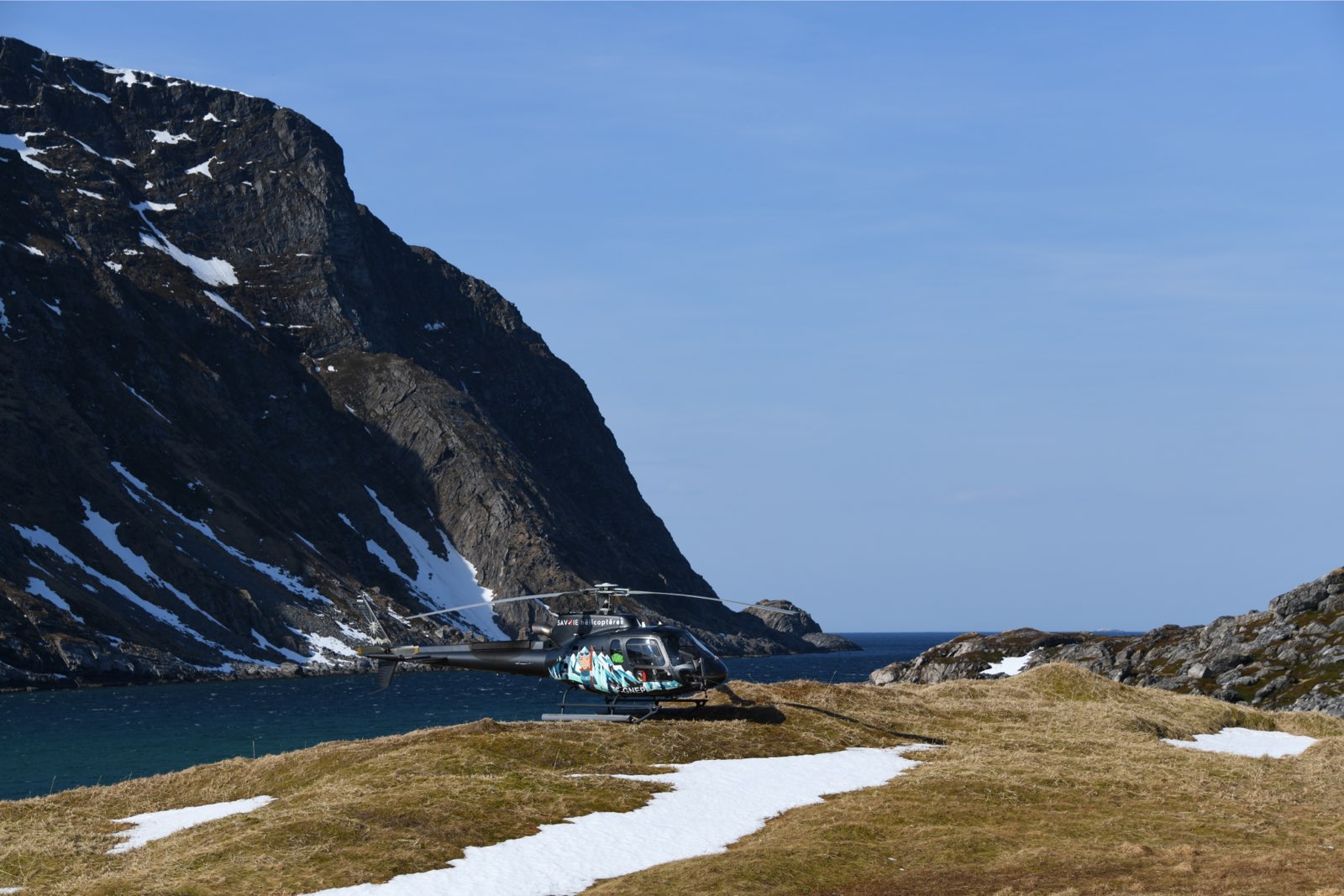
Flying a Helicopter in Norway
Updated 2025
Norway is one of Europe’s most rewarding helicopter destinations. The country combines spectacular fjords and mountains with a generally supportive attitude toward general aviation. Flying here involves more preparation than in many countries, as the terrain is dramatic, the weather can change quickly, and facilities are spread far apart.
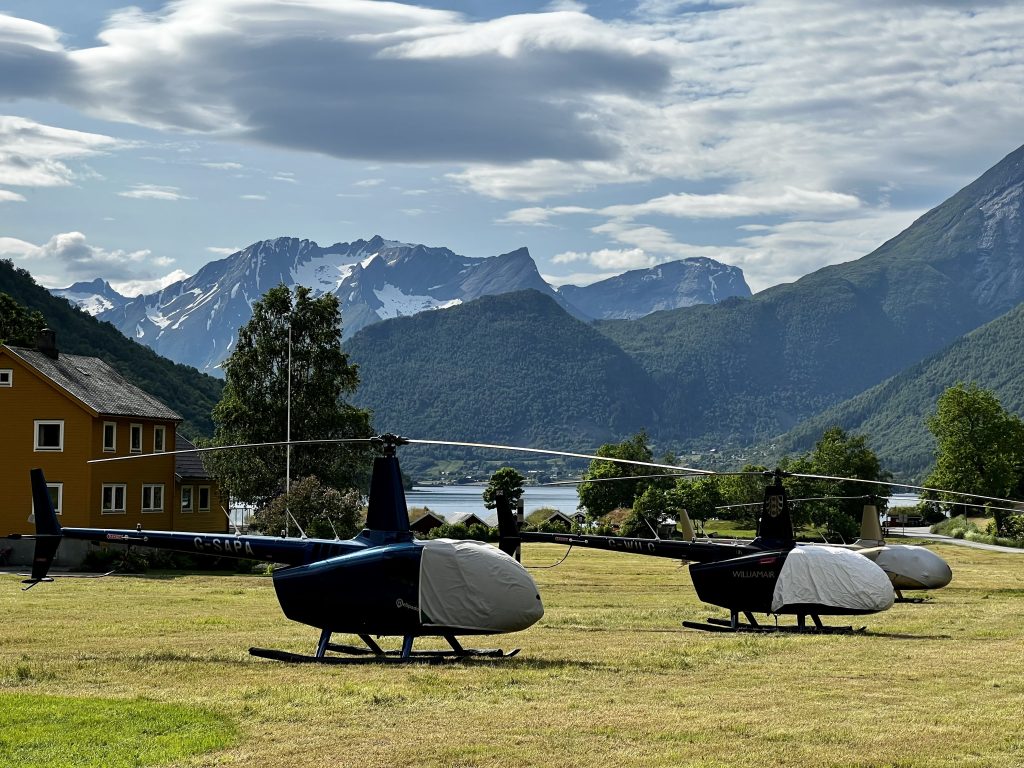
1. Regulatory Overview
The Civil Aviation Authority of Norway regulates heliports and helipads. Any site handling more than twelve movements per week is classed as a permanent heliport and requires approval. Occasional or private landings are permitted with landowner consent, subject to national restrictions.
Helicopter operations are prohibited inside national parks and many nature reserves. Municipalities may also impose conditions, particularly regarding noise and tranquillity.
Pilots should carry the usual aircraft documents and valid insurance when operating in Norway.
2. Controlled Airspace & ATC
Controlled airspace is concentrated around major cities such as Oslo, Bergen and Stavanger. Much of inland and northern Norway is Class G, giving helicopter pilots broad operational flexibility.
English is widely used by ATC, although local traffic may occasionally use Norwegian. In controlled areas, service in English is the norm.
3. Landing Sites
Helipaddy lists more than a hundred moderated sites across Norway, including hotels, lodges and restaurants. Many private property owners are receptive to helicopter arrivals once prior consent is obtained.
Hospital and emergency heliports are not open to GA. National parks and protected reserves are excluded by law. Some municipalities may request notification of frequent operations.
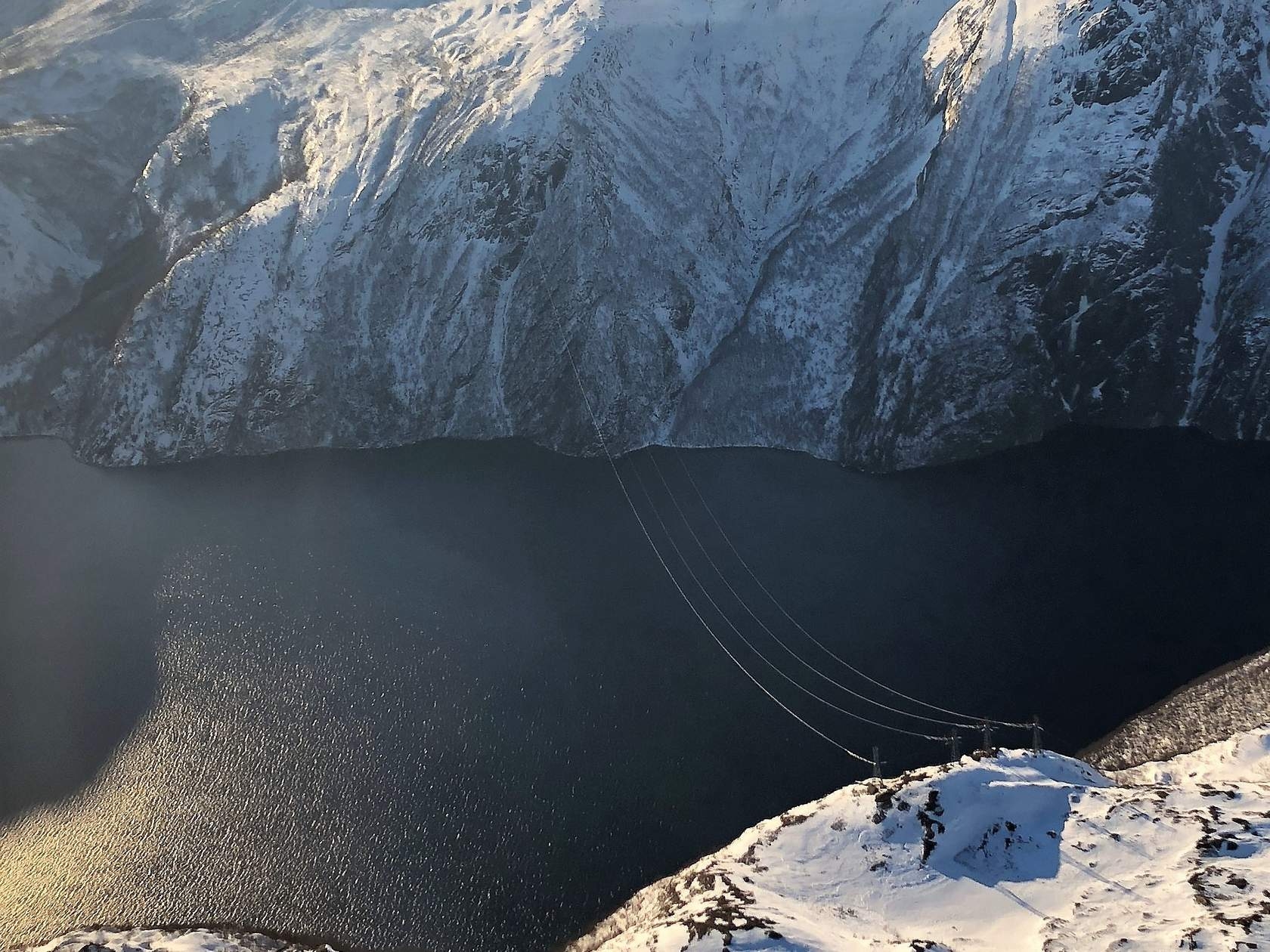
4. Fuel Availability
Avgas is limited to selected airports. Jet A1 is more widely distributed but remains sparse in northern regions. Availability varies by location.
5. Terrain and Airspace Considerations
Norway’s fjords and mountains are striking from the air. The same geography creates challenges, with valleys that channel winds and rapid weather changes common. Winter introduces icing risk, while summer brings long daylight hours that make extended VFR flying possible.
6. Where to Fly: Scenic Areas
The fjords are Norway’s signature feature, with Geirangerfjord and Hardangerfjord offering some of the most dramatic scenery. The Lofoten Islands present jagged peaks rising from clear waters, dotted with fishing villages and welcoming lodges. Crossing the Arctic Circle adds a sense of achievement: north of the line, midsummer brings nearly continuous daylight, while winter skies offer the spectacle of the Northern Lights, especially around Tromsø.
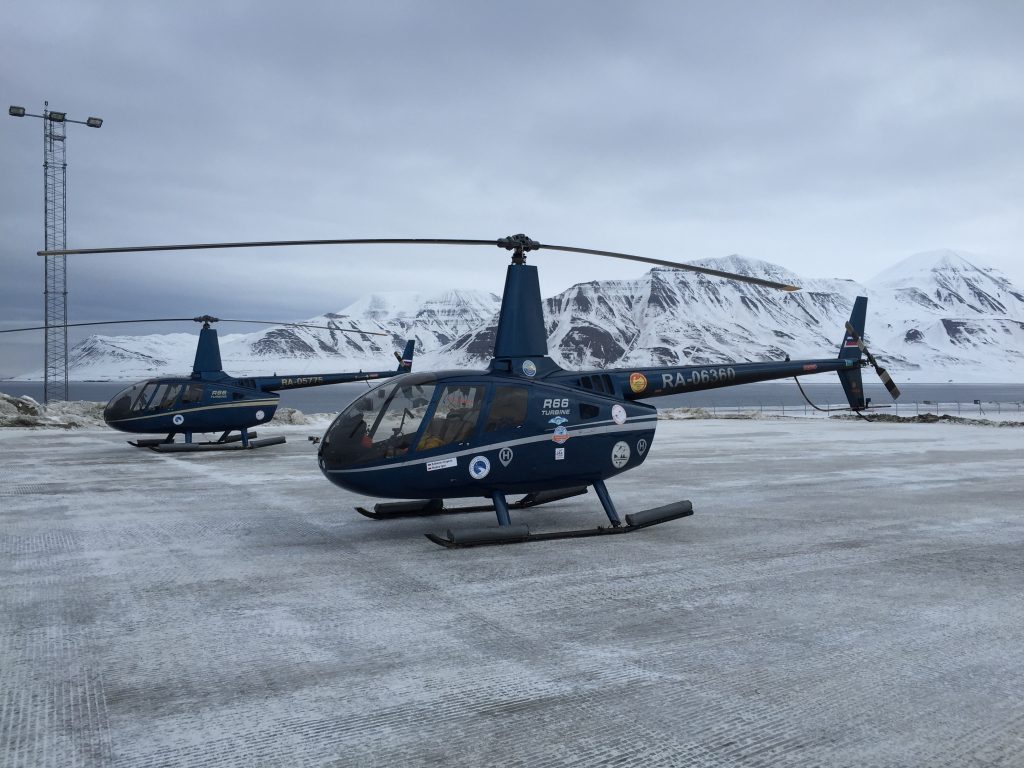
7. Useful Links and Tools
Norway AIP for official charts and procedures. The Helipaddy database lists private landing sites nationwide. The English-language Norway VFR Guide remains a practical planning reference.
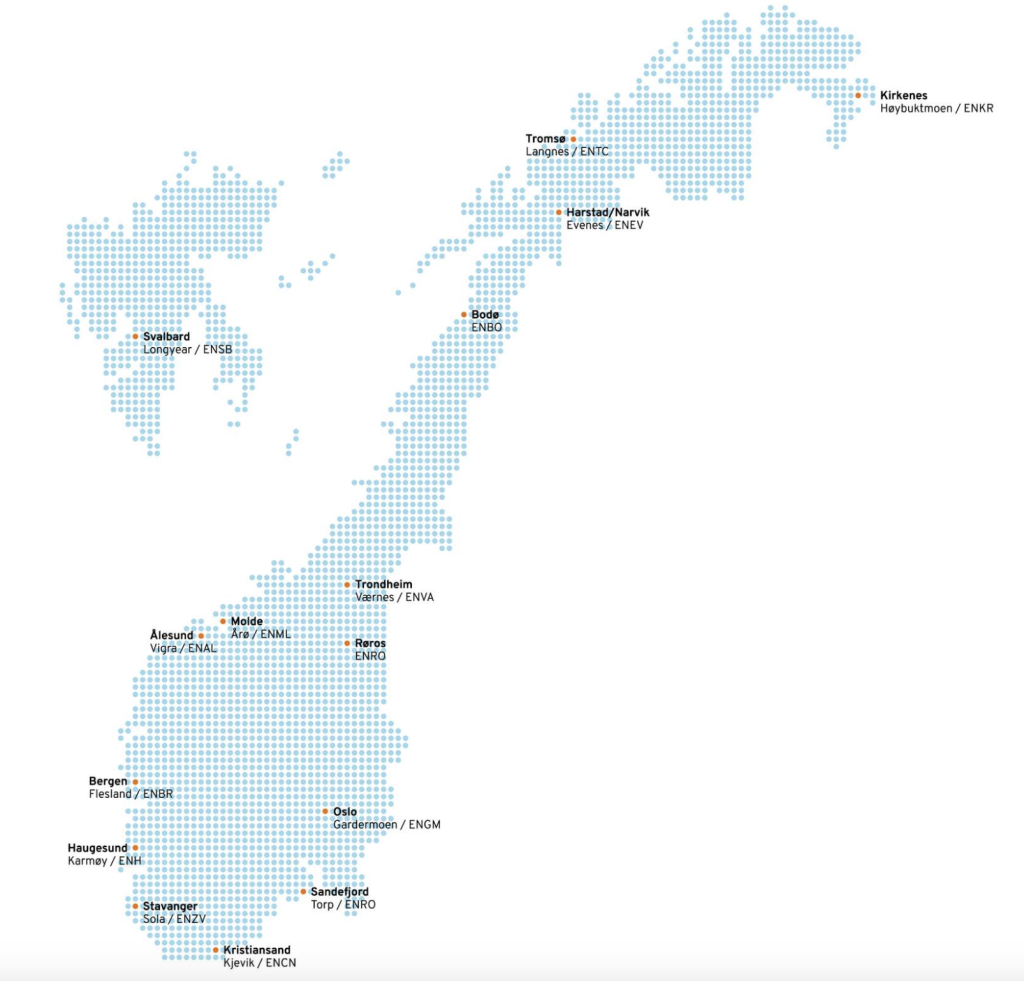
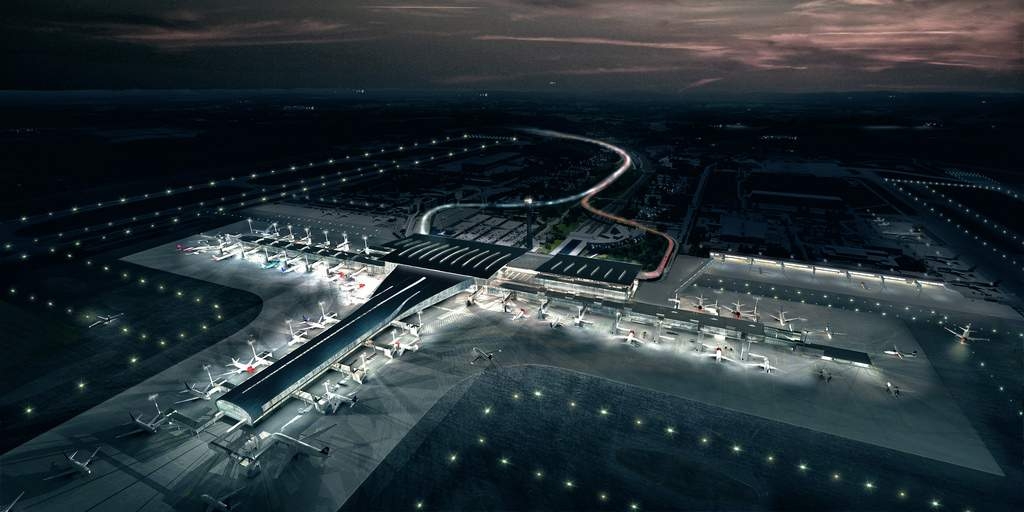




2 thoughts on “Flying a Helicopter in Norway”